INTRODUCTION
Energy is the driving force behind the growth of economies and is equally crucial for sustaining the economies. At the same time, energy production and consumption are the most significant contributors to the biggest threat we face today: Global Warming.
Despite such massive amounts of GHG emissions, millions of people are still without access to energy. Therefore, we face the dual challenge of making it more accessible while reducing its harmful effects and deploying sustainable methods.
Undeniably, there is a nexus between energy and other sectors, making a compelling case for all energy-related legislative, executive and judicial (including quasi-judicial) actions to be tested against multidimensional parameters.
MAPPING ENERGY AGAINST SUSTAINABLE DEVELOPMENT GOALS
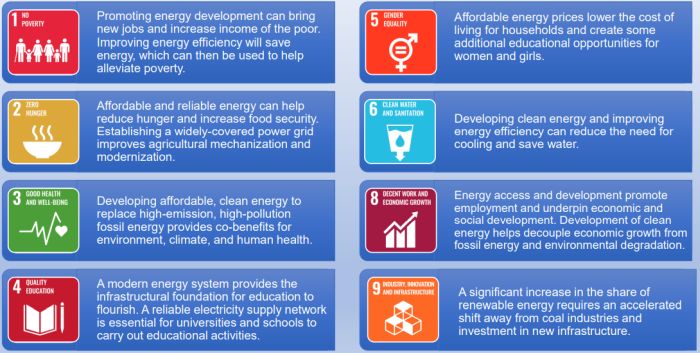
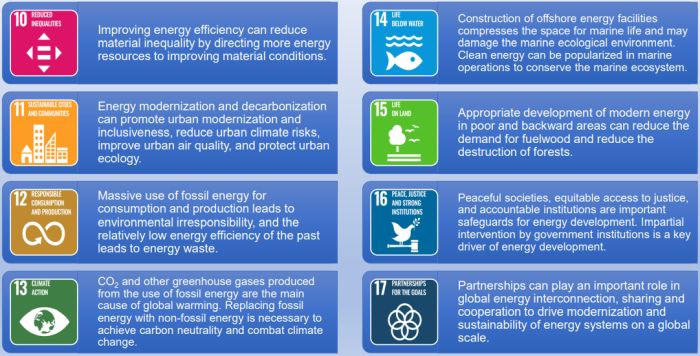
WATER-ENERGY-FOOD NEXUS
This concept encompasses the idea that the production and consumption chain of water, energy, and food resources are all intricately related. Although this relationship has always existed, the WEF Nexus was first conceptualized at the Bonn 2011 Nexus Conference. Under the Nexus approach, water, energy, and food are hyper-connected - impacts in one sector affect the performance in the other sectors - and there is a need for the integration of water, energy, and food in governance and management.
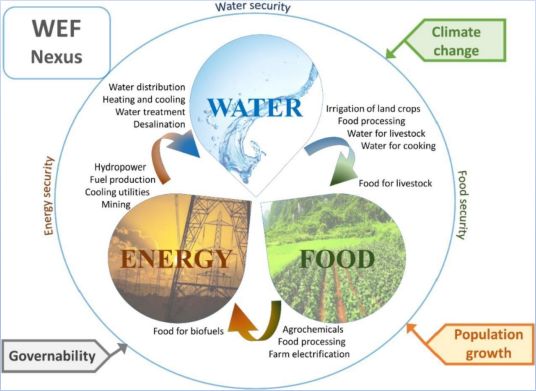
Source: Water-energy-food security: A Nexus perspective of the current situation in Latin America and the Caribbean Jürgen Mahlknechta, Ramon Gonzalez-Bravoa, Frank J. Loge, Energy 194(2020)116824.
CASE IN POINT:
Biofuels policy - water availability and accessibility for
human consumption.
The Government has recently amended the National Policy of Biofuels- 2018 to advance the ethanol blending target of 20% blending of ethanol in petrol to EST 2025-26 from 2030.
Water is a key input in the production of biofuels. Specifically, water is required for the production of basic feedstocks from which biofuels are derived- for example, as per NITI Aayog estimates, sugarcane and paddy are using 70% of the irrigation water of the country, thereby depleting water availability for other crops. Even if other crops like maize, which require relatively less water, are used, water is required in the processing and conversion of raw feedstock and secondgeneration biofuels to produce ethanol. Care should be taken to ensure that the transition to clean and sustainable energy is not at the cost of compromised water availability and accessibility for human consumption and use.
ENERGY-HEALTH NEXUS
- Lack of access to clean energy has a major impact on
people's health around the world. This is because air pollution
is a direct result of burning fossil fuels, and air pollution is a
major health hazard.
- In addition, lack of access to energy also makes it difficult
to provide quality healthcare in the world's poorest and most
remote areas. Health facilities need electricity to power lights,
refrigerate vaccines, and operate life-saving medical devices.
Without electricity, these essential services cannot be provided,
and lives are put at risk.
- The links between energy and health are particularly evident in homes and healthcare facilities. Access to clean and sustainable energy in homes is essential to protect people from household air pollution, which is caused by the use of polluting stoves and fuels such as coal and biomass. Access to clean and reliable energy in healthcare facilities is important to ensure that essential healthcare services can be provided.
CASE IN POINT:
In May 2016, Ministry of Petroleum and Natural Gas, introduced the 'Pradhan Mantri Ujjwala Yojana' as a flagship scheme with the objective to make clean cooking fuel such as LPG available to the rural and deprived households which were otherwise using traditional cooking fuels such as firewood, coal, cowdung cakes etc. The usage of traditional cooking fuels had detrimental impacts on the health of rural women as well as on the environment as their vulnerability to health risks increases due to the pollution produced from inefficient burning of biomass and use of traditional biomass cookstoves and unclean coals.
The transition to cleaner fuels has helped women in rural areas from being exposed to unhealthy smoke and indoor pollution while cooking. Various studies conducted in this regard, for example, in Chittoor and Vellore, where there has been a significant improvement in the health of women in traditional households with significant drop in respiratory diseases like Asthma and Bronchitis. When the energy systems are made accessible and more efficient, it has a direct impact on the lives of the people.
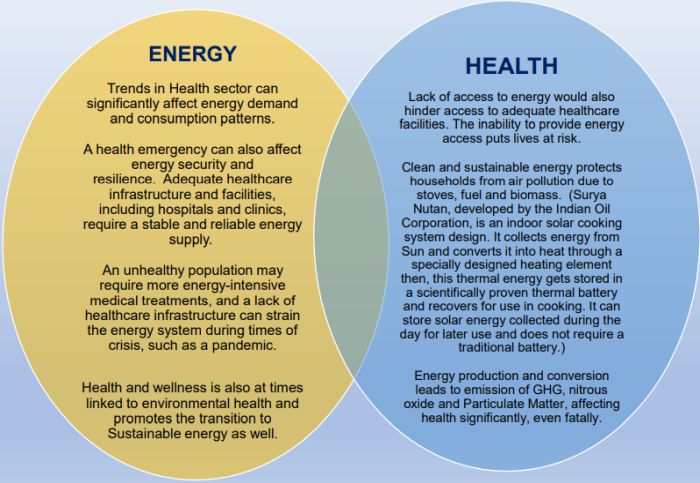
ENERGY-DIGITISATION NEXUS
- The energy industry was one of the first to adopt digital
technology, and investment in digitalization in this sector is
growing rapidly. According to the International Energy Agency
(IEA), global investment in digital power infrastructure and
software has increased by more than 20% per year since 2014,
reaching $47 billion in 2016.
- In recent years, the power industry has been experiencing a
wave of digital transformation driven by the adoption of
technologies such as the Internet of Things (IoT), artificial
intelligence (AI), big data analytics, and blockchain. Digital
transformation is having a profound impact on the way electricity
is generated, transmitted, and distributed.
- The emergence of digital technologies is changing the way
electricity is generated, distributed, and consumed. The power
industry is now moving towards a more decentralized model, where
electricity is generated from renewable sources such as solar and
wind and distributed through microgrids and smart grids. Digital
technologies are also being used to improve the efficiency of power
generation, transmission, distribution systems, and customer
experience, resulting in lower costs, customer satisfaction, and
reduced carbon emissions.
- In short, digital transformation is revolutionizing the energy sector and the power industry, with significant benefits for all stakeholders.
CASE IN POINT:
Smart Grid Mission has a vision to transform the Indian power sector into a secure, adaptive, sustainable and digitally enabled ecosystem that provides reliable and quality energy for all with active participation of stakeholders. The primary aim of the Smart Grids is to improve reliability of the electricity networks by turning the traditional grid into a secure, scalable and sustainable electric grid and make the grid amenable to renewable energy inputs through distributed generation.
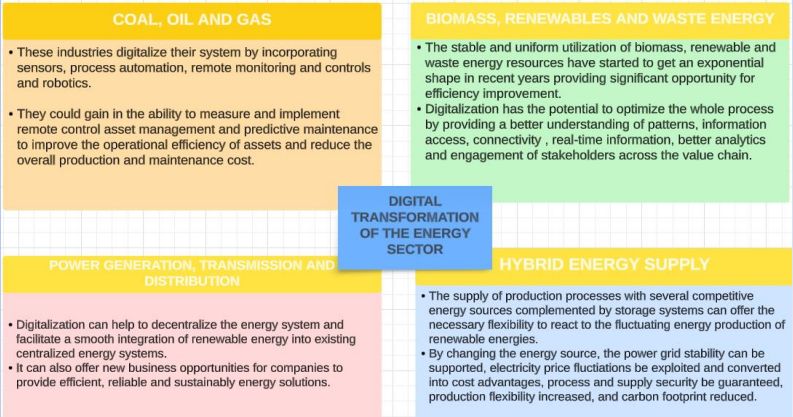
Further, increased efficiencies with Smart Grid and Smart Meters empower the consumers to manage their electricity consumption in a better manner and help them in reducing their bills. Digitization has made it possible for the electricity sector to make the transition between a traditional electric grid and a smart grid, even though the mission is still in the implementation phase. A smart grid is a modern electric grid which is integrated with information and communication technology. The conventional grid can only transmit or distribute the electric energy from generation to end-users. But smart grid can transmit energy and information in both way.
This will lead to a reduction in purchase power cost, increased grid visibility and self-healing grids, automated outage management and faster restoration and improved QoS and reliability.
ENERGY-CLIMATE NEXUS
- Fossil fuels account for approximately 75% of global greenhouse
gas emissions and nearly 90 per cent of all carbon dioxide
emissions. As greenhouse gas emissions blanket the Earth, they trap
the sun's heat. This leads to global warming and climate
change.
- As the demand for cooling increases across the world, more
electricity is required. Increasing energy production is likely to
increase emissions of air pollutants and greenhouse gases, which in
turn lead to climate change.
- Due to rising temperatures, the balance of heating and cooling
demand patterns is changing. On the supply side, impacts include
changes to the averages and variability of wind, solar and
hydropower resources; the availability of crops for bioenergy
feedstocks; costs, etc.
- Some impacts may result in an increased use of fossil fuels or reinforced infrastructure, and thereby increasing greenhouse gas emissions.
ENERGY AND CLIMATE CHANGE- CAUSE AND EFFECTS
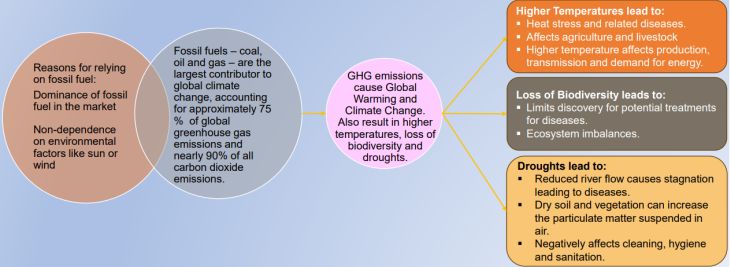
CASE IN POINT:
While digitisation in the energy sector, such as in the case of the Smart Grid Mission, certainly helps in reducing the carbon footprint of energy. The digitization procedures alone, which involve data centre operations, generate a substantial amount of carbon footprint. The use of electrical devices and data generation is only increasing at a rapid pace and makes a significant contribution to our digital carbon footprint. The environmental impacts of transforming the existing structures into digital structures are both positive and negative, with the positive effect arising from the gains and efficiency in resources allocation through digital technology applications, while the negative effect stems from the emissions that are caused during the manufacturing, use, and disposal of digital hardware. The digital transformation shall take place in a manner where digital transformation does not become the very problem it was supposed to solve.
ROAD AHEAD
The nexus between energy and almost everything required to meet the Sustainable Development Goals is undeniable.
There are multiple vital elements and factors for economic growth, with energy being one of the most significant. Ignoring the nexus and synergies of energy with other factors such as water and health may cause further obstacles and issues towards sustainability. There is a need to address interlinkages across sectors, overcome trade-offs and enhance synergies.
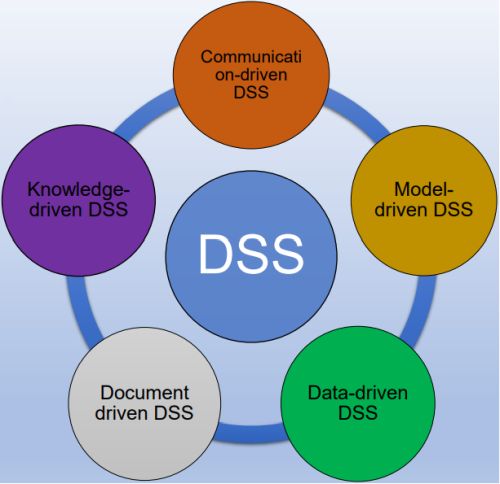
A decision support system to quantitatively analyse the implementation of all energy-related legislative, executive and judicial (including quasi-judicial) actions is the need of the hour. Using such a system to establish parameters and patterns will facilitate effective and efficient implementation of the various policies, programmes and schemes.
The content of this article is intended to provide a general guide to the subject matter. Specialist advice should be sought about your specific circumstances.

